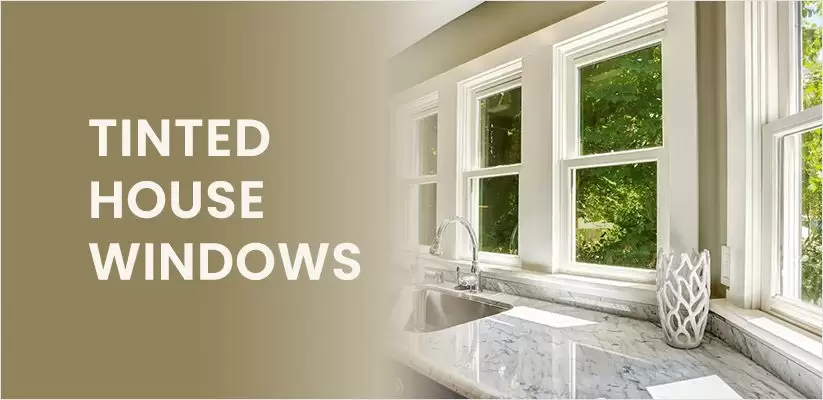Many of us don’t know the effects of tinted house windows in recent times people think having many windows in the home can be quite beneficial. The windows let in sunlight, making the house look brighter, allowing for plenty of cross-ventilation, and giving your home a spacious, airy feel. However, there are downsides that we don’t always consider.
Post your Requirement
Windows let sunlight and heat in and then trap the heat inside, raising interior temperatures. This means that your air-conditioning unit has to work that much harder to cool your home. Since Indian summers are very hot, you can imagine how much work your air-conditioner needs to do to lower interior temperatures. At the end of the month, this translates into hefty electricity bills.
The question then becomes – how should you deal with this situation? After all, you do need the windows but they increase your expenditures greatly. You need a solution that is cost-effective and energy-efficient. Fortunately, there is such a solution – tinted house windows provide you with the freedom of having many windows in your home without increasing the electricity bill.
What Are Tinted Windows?
We are all familiar with the concept of tinted windows in our cars. A tinted window in your home is pretty much the same thing. A thin film of material that is treated specially is applied directly to the window. Earlier, these films were dark in color but these days window films are transparent so that you may not even realize when a window is tinted.
How Tinted House Windows Help You
Whenever we decide to upgrade anything in our home, the first concern is the expense. Replacing windows can quickly become a very costly proposition. In the end, it may not be worth the amounts you’ll save on your electricity bill.
However, tinting windows that are already installed is a much cheaper way of upgrading your windows. In India, the tinted glass ranges from Rs. 30 per square foot to Rs. 150 per square foot. You can explore all the options you have and decide upon the best one for you. Talk to specialists to find out how much it would cost to replace the glass in your windows versus how much it would cost to apply the tinted film. They can inform you about the costs you’re likely to incur and the savings in the long run.
Another factor you need to consider is that ordinary windows let in a lot of heat which is then trapped inside the house. This means that your air conditioner has to work much harder to cool a room. It results in increased electricity consumption and higher electricity bills.
If you have your windows tinted or install tinted glass, this problem is taken care of to a great degree. Tinted windows do not allow UV rays into the house. This means that the interior walls, floors, and furniture don’t get heated up and the interior temperature doesn’t increase drastically. Your air-conditioning unit doesn’t have to do nearly as much work to cool your home and so doesn’t consume the amounts of electricity it would otherwise. You’ll see the difference in the next electricity bill.
To a lesser degree, this applies to winters as well. Winters in northern India can be quite cold. Sunlight isn’t strong and doesn’t generate as much heat. However, tinted windows don’t let heat escape from the house, thereby, keeping interior temperatures warmer. You can cut down on your heating costs if you use devices such as an electric heater.
Tinted windows have other advantages too. They reduce the carbon footprint of your home by increasing energy efficiency and protecting your interiors from being affected by the bleaching effects of sunlight. If you do have your home windows tinted dark, they also offer you a great amount of privacy. Overall, getting your windows tinted is both cost-effective and energy-efficient.

























Post A Comment